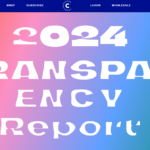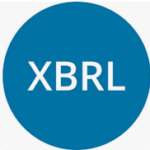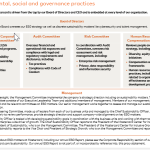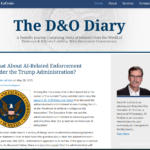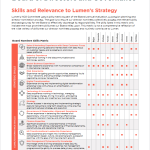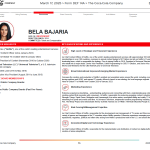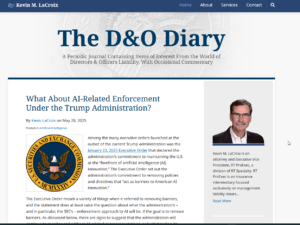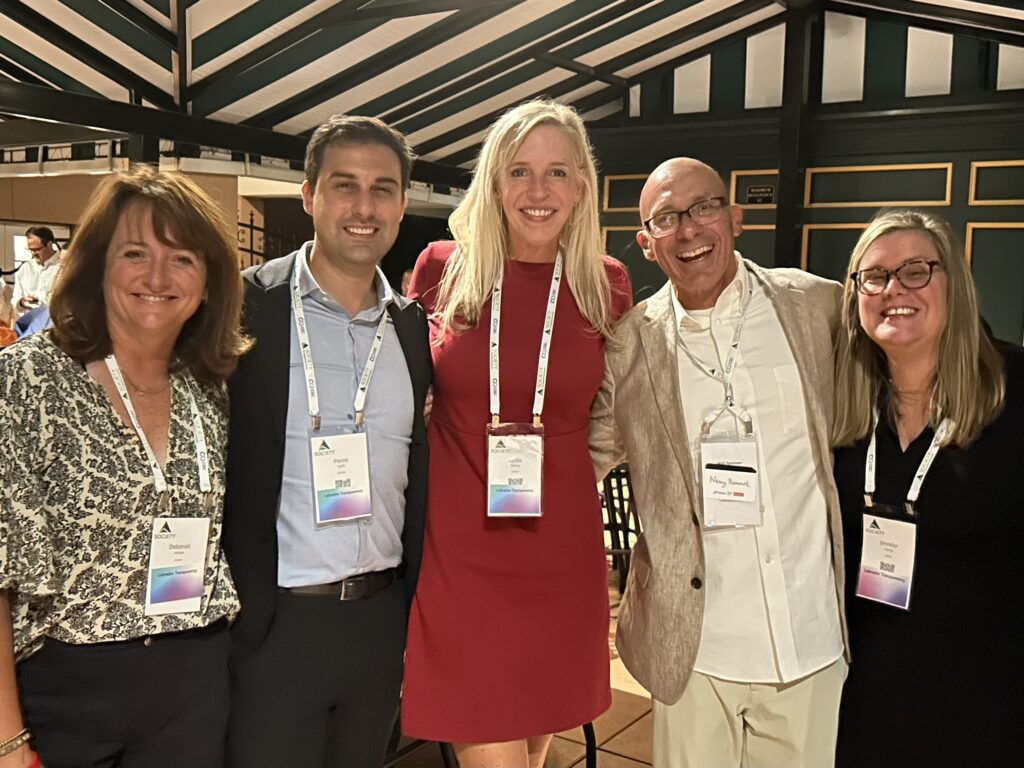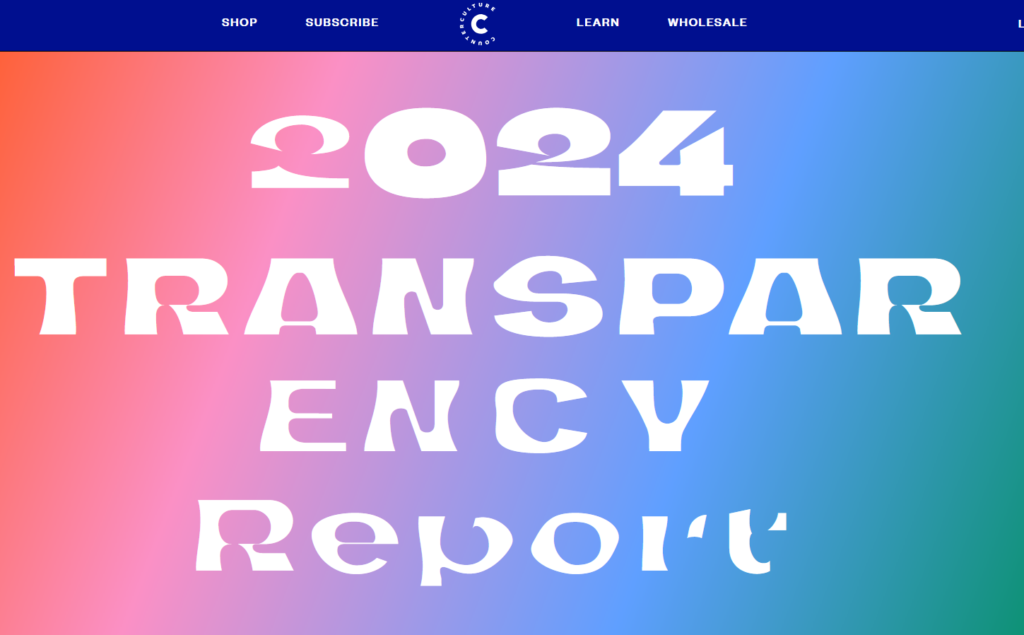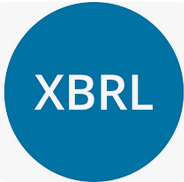Following up on my blog about four bewildering things about plain English: A few years back, a study from Labrador and BVA extolled the benefits of “plain language” – as compared to “ordinary” language – based on surveying real people. The study revealed that “plain language” leads to fast reading, quick understanding and better message retention. Readers were more likely to receive the messages drafted in plain language warmly and wanting more. Clarity creates preference.
An in-house friend relayed a story from a while back where her company took an old Form 10-Q and divvied it up among working groups that were formed on the basis of the departments within the company charged with working on SEC filings. The exercise was to teach the various groups how to write in plain English.
Astonishingly, the group consisting of the accountants – the financial reporting folks – did a brilliant job once they got the hang of plain English. They cut the volume in the 10-Q by a quarter as they got to the point more quickly. The lawyers didn’t fare nearly that well. The lesson learned? That anyone can be quickly taught a new style of drafting disclosure if they take the time to learn and someone educates them properly.
“Write Like You Talk”
One of my recommendations for anyone seeking to make something more readable is to have them ask a layperson – someone not familiar with the topic – and see if they can understand what you wrote.
My second piece of advice is to “write like you talk” because we tend to talk in a style that makes it easier for others to understand us. Of course, when you’re writing a disclosure document to be filed with the SEC, it still remains a compliance document as one of its primary purposes – so the disclosure can’t be misleading or incomplete. There are liability concerns that are valid. So you have to balance that against writing like you talk.



